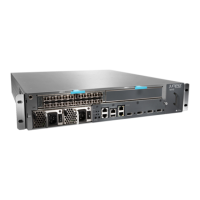Table 137: Checklist for Monitoring Redundant Routing Engines
(continued)
Command or ActionMonitor Redundant Routing Engine Tasks
show chassis hardware
show chassis routing-engine
“Display the Redundant Routing Engines
Installed in the Router” on page 600
See “Monitor the Routing Engine Status” on
page 178.
show chassis routing-engine
“Display Redundant Routing Engine
Mastership and Backup” on page 602
show log mastership
“Displaying Redundant Routing Engine
Errors” on page 603
request chassis routing-engine masterrelease
request chassis routing-engine master switch
“Manually Switch from Master to Backup
Routing Engine” on page 603
See “Replace a Failed Component” on
page 162.
“Replace a Redundant Routing Engine”
on page 605
Related
Documentation
Checklist for Monitoring the Routing Engine on page 165•
• Redundant Routing Engines Overview on page 592
Understanding Redundant Routing Engines
•
Redundant Routing Engines Overview on page 592
•
Redundant Routing Engine Characteristics on page 593
•
M10i Router Routing Engine Redundancy on page 593
•
M20 Router Routing Engine Redundancy on page 594
•
M40e and M160 Router Routing Engine Redundancy on page 594
•
M320 Router Routing Engine Redundancy on page 595
•
T320 Router, T640 Router, and T1600 Router Routing Engine Redundancy on page 596
•
TX Matrix Router and TX Matrix Plus Router Routing Engine Redundancy on page 598
Redundant Routing Engines Overview
Inspect redundant Routing Engines to minimize system process failures.
Redundant Routing Engines are two Routing Engines that are installed in the same router.
One functions as the master, while the other stands by as a backup should the master
Routing Engine fail. By default, the Routing Engine in slot 0 is the master (RE0) and the
one in slot 1 is the backup (RE1).
Copyright © 2012, Juniper Networks, Inc.592
M Series and T Series Routers Monitoring and Troubleshooting Guide

